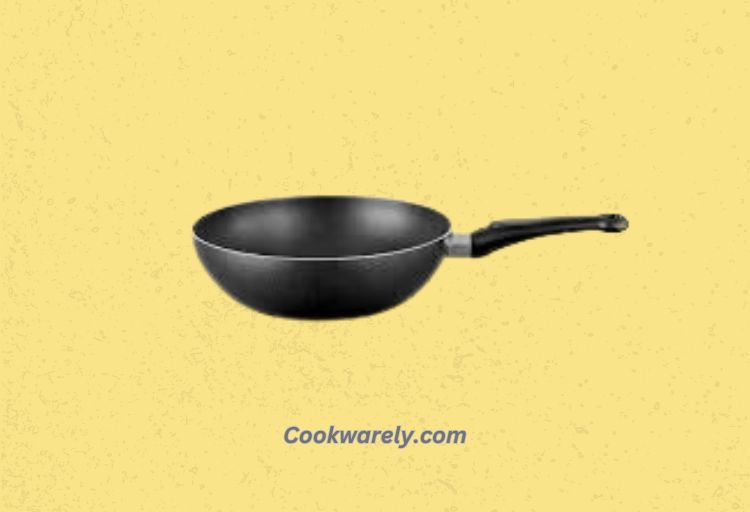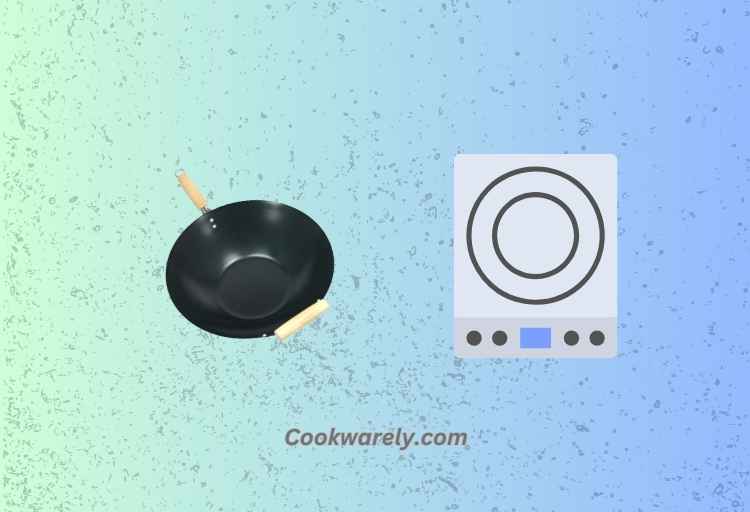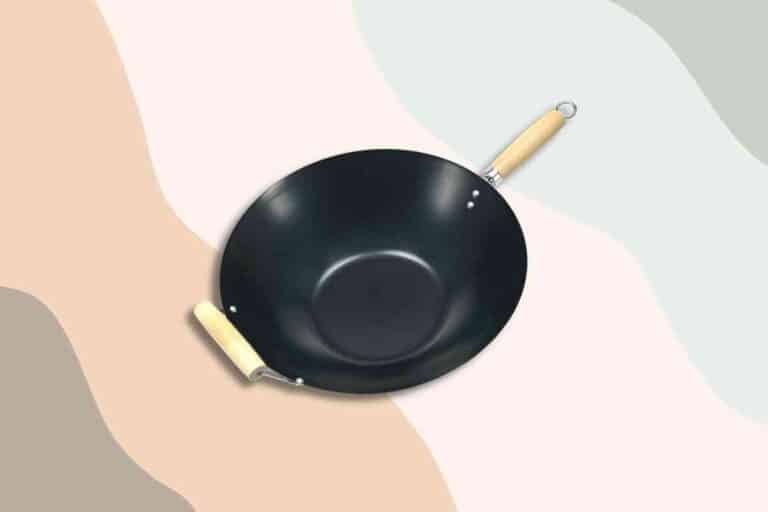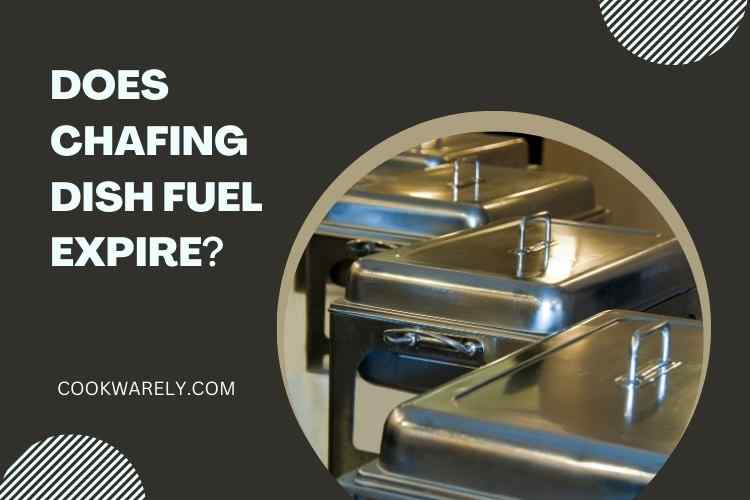Are Woks Non Stick? Yes!
Woks have long been a staple in kitchens worldwide, renowned for their versatility in stir-frying and other cooking techniques. When it comes to woks, a common question that arises is whether they are inherently nonstick.
Woks vary in nonstick properties based on their material. Nonstick woks have coatings, while carbon steel woks can be naturally nonstick with proper seasoning. Cast iron woks develop a nonstick surface over time. Maintenance and care influence their nonstick quality.
- The nonstick quality of a wok depends on its material. Nonstick woks have special coatings, while carbon steel woks can become naturally nonstick with seasoning.
- Nonstick woks feature coatings like Teflon, making them user-friendly and easy to clean. However, they have temperature limitations and require careful handling.
- Carbon steel woks are renowned for their nonstick properties when well-seasoned. They can handle high temperatures and are ideal for stir-frying.
- Regardless of the wok type, proper care and maintenance significantly impact its nonstick performance, ensuring longevity and effective cooking.
7 Aspects of Non-Stick Woks
| Aspect | Nonstick Woks | Carbon Steel Woks |
|---|---|---|
| Material | Typically made with nonstick coatings (e.g., Teflon) | Made from special carbon steel with a high carbon content |
| Advantages | – Easy to use and clean | – Can handle high temperatures without damage |
| – Food rarely sticks to the surface | – Longevity with proper care and seasoning | |
| Restrictions | – Avoid high heat | – Regular maintenance is required for seasoning |
| – No smoking allowed | – Should not use soap for cleaning | |
| – Use wooden or silicone utensils | – Store in a dry place to prevent rust | |
| – Avoid cold water shock after cooking | ||
| Cooking Technique | Suitable for a wide range of cooking techniques | Ideal for stir-frying and high-heat cooking |
| Stove Compatibility | Works on various stovetops | Best results on gas stoves |
| Alternative for No Gas | Can be used on electric stoves with some success | Cast iron skillet can be an alternative for stir-frying |
| Frequency of Use Impact | Frequent use may affect nonstick coating durability | Resilient to less frequent use |

Types of Woks
Carbon Steel, Cast Iron, and Nonstick
Woks come in a variety of materials, each with its own unique characteristics. Understanding these materials is crucial to grasp the nonstick capabilities of woks.
Nonstick Woks
Nonstick woks are designed to make cooking a breeze, especially for beginners. They are typically made from materials like Teflon, which offers excellent nonstick properties.
The advantages of nonstick woks are evident: they are user-friendly, easy to clean, and food rarely sticks to the surface.
However, there are some essential restrictions when using them.
Restrictions for Nonstick Woks
- Avoid High Heat: Nonstick coatings are sensitive to high temperatures, so it’s important not to crank up the heat to the maximum.
- No Smoking Allowed: Excessive smoking in a nonstick wok can be detrimental to both your health and the wok’s surface. Keep an eye on that smoke.
- Say No to Metal Utensils: Metal utensils can scratch the nonstick surface, so opt for wooden or silicone utensils instead.
- No Cold Water Shock: After cooking, avoid shocking the pan with cold water, as this can affect the nonstick coating’s longevity.
Carbon Steel Woks
On the other hand, we have carbon steel woks, which are highly regarded for their nonstick properties.
Carbon steel woks are made from a special type of steel with a higher carbon concentration than other steel pans. This unique composition contributes to their lightweight nature compared to stainless steel pans.
Benefits of Carbon Steel Woks
- High-Temperature Tolerance: Carbon steel woks can handle high temperatures without warping or losing their nonstick properties, making them ideal for stir-frying.
- Longevity: When properly cared for, carbon steel woks can last a lifetime, with their nonstick surface improving over time.
- Stir-Frying Mastery: The sloping sides of carbon steel woks allow for easy tossing, a key technique in stir-frying.
- Minimal Oil Requirement: You’ll find that you need less oil when cooking with carbon steel woks compared to other materials.
- No Sticking Issues: Food rarely sticks to the surface of a well-seasoned carbon steel wok, even with sticky sauces.
Cast Iron Woks
Cast iron woks, while less common, are known for their exceptional heat retention and even cooking. They aren’t inherently nonstick but develop a seasoned, nonstick surface over time with proper care. Like carbon steel woks, they require seasoning and diligent maintenance for optimal nonstick performance.
Benefits of Cast Iron Woks
Here are the benefits of cast iron woks:
- Excellent Heat Retention: Cast iron woks retain heat exceptionally well, ensuring even cooking and high-heat stir-frying.
- Natural Nonstick Surface: Over time and with proper seasoning, cast iron woks develop a natural nonstick surface, making cooking easier and more versatile.
- Durability: Cast iron woks are incredibly durable and can last for generations if well-maintained, offering long-term value.
- Versatility: Suitable for various stovetops, including gas, electric, and open flames, making them versatile for different cooking methods.
- Enhanced Flavors: The seasoned surface of cast iron woks imparts a unique and desirable flavor to dishes, enhancing the taste of your meals.
How To Choose the Right Wok?
1. Consider Your Stove
The type of stove you have plays a significant role in determining the effectiveness of your wok.
Gas stoves are excellent for high-heat cooking, such as stir-frying, as they provide precise control over the flame.
The direct heat from a gas stove works exceptionally well with carbon steel woks. However, if you don’t have access to a powerful gas stove, there are alternatives.
2. A Cast Iron Skillet as an Alternative
For those without gas stoves, a cast iron skillet can be a valuable alternative for stir-frying.
While it may not have the same slope and shape as a traditional wok, cast iron’s heat retention properties can help achieve excellent results in various stir-fry recipes.
3. Frequency of Use
If you’re concerned about the impact of frequent use on your wok’s seasoning, worry not. Carbon steel woks are quite resilient.
With proper care and rust prevention, their nonstick properties can remain intact even if you use them less frequently.
4. Nonstick Woks for High Heat?
It’s generally recommended to avoid nonstick woks for high-heat stir-frying due to concerns about the coating’s durability and the potential release of chemicals at high temperatures.
While there are newer non-stick coatings marketed for high-heat cooking, traditional carbon steel remains a reliable choice for stir-frying.
Maintaining Your Wok
To ensure your carbon steel wok continues to perform at its best, it’s essential to give it proper care and maintenance. Here are some tips:
- Post-Use Oil Wiping: After each use, wipe the wok with a thin layer of oil to prevent rust and maintain its nonstick surface.
- Avoid Soap: Never use soap on your carbon steel wok. Instead, use hot water and a scrubbing brush to remove food residue.
- Seasoning: Regularly season your carbon steel wok to build up its nonstick properties. This involves heating the wok, adding a layer of oil, and heating it again to create a protective layer.
- Storage: Store your wok in a dry place to prevent rust. If necessary, use a paper towel to separate stacked woks.
Conclusion
In conclusion, the nonstick quality of a wok depends largely on its material. Nonstick woks, while convenient, come with certain restrictions and considerations.
On the other hand, carbon steel woks are renowned for their nonstick properties, making them a top choice for stir-frying enthusiasts.
When selecting a wok, remember to consider your stove type and how often you plan to use it. Proper care and maintenance are key to preserving the nonstick surface of your wok, regardless of the material.




